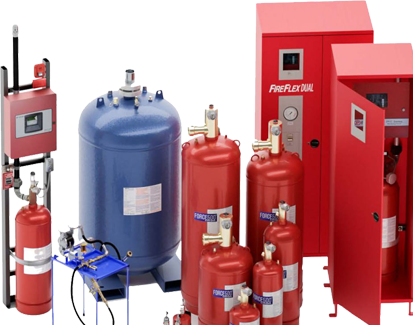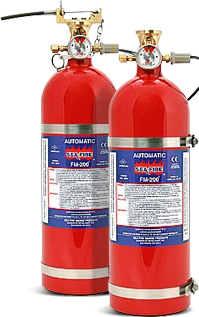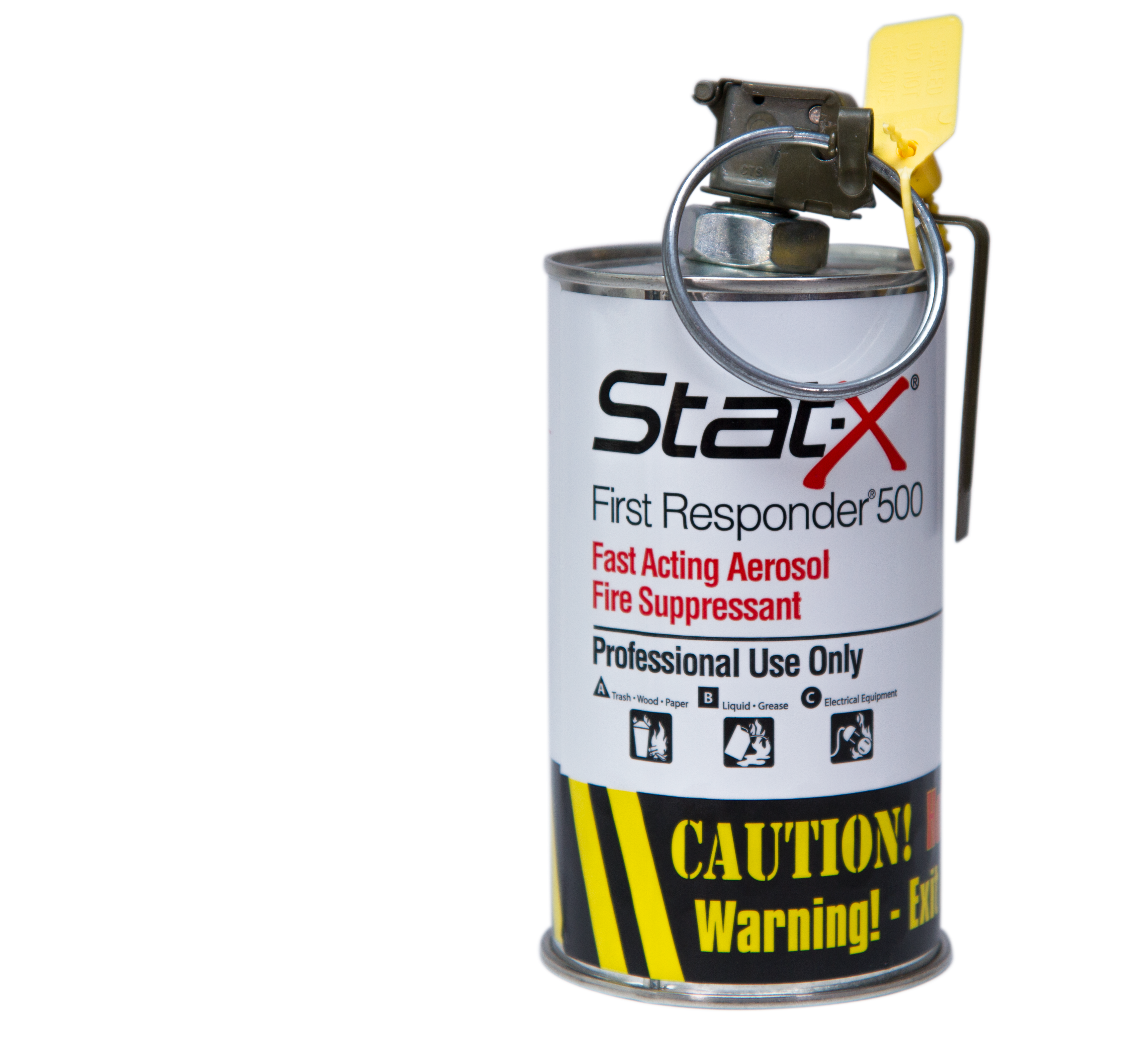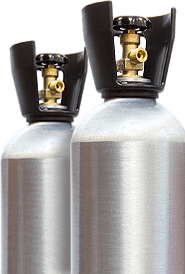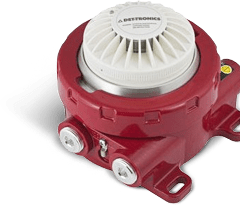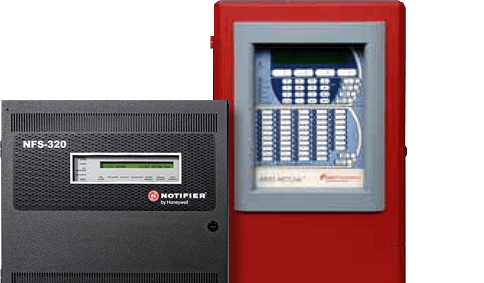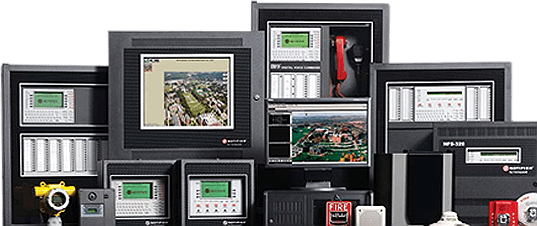Fire Safety in Healthcare Facilities: Unique Challenges and Solutions

All commercial occupancies face challenges in planning and maintaining life safety and fire suppression systems. These challenges are greater in health care facilities because of the occupancy and the needs and limitations of the occupants. Special care and planning must ensure that the occupants of health care facilities are safe. Mitigating the risks that are present requires a high level of understanding and planning.
The Importance of Fire Safety in Healthcare
Anticipating the risks in healthcare facilities can be overwhelming. There are several challenges, such as the vulnerability of the population in the structure and the complexity of the systems housed in these facilities. Add to this mix the vulnerability of many of the occupants and it is easy to understand that special challenges in planning for fire and life safety in a healthcare facility.
Explore further
Vulnerable Populations
Healthcare facilities present several unique risk challenges. The diversity of the occupancy and population within most healthcare facilities raises the risk level immensely. Often, the occupant population exhibits some level of limited mobility or cognitive impairment that makes it difficult for them to respond in an emergency. Patients in healthcare facilities may be life dependent on specialized equipment that is not easily transportable. These challenges demand specialized evacuation and staff requirements, including a higher level of training.
Critical Infrastructure and Equipment
Healthcare facilities require complex and extensive electrical needs, specialized and complex medical equipment, and hazardous materials. These present potentially higher fire hazards and life safety challenges. The protection of these assets is not just a financial concern, but the dependence of patients is a major consideration when planning for fire safety.
Protecting your assets and investments is important as well. Patient and staff care are the most important challenges. Any manager or owner would be remiss in their duties if they ignored the need to protect the integrity of their business.
Unique Challenges in Healthcare Fire Safety
When considering planning for life and fire safety in a healthcare facility, managers and operators must understand the unique differences between healthcare facilities and the usual commercial occupancy. Before executing a comprehensive fire and life safety, understand the unique challenges presented in your facility.
Complex Building Layouts
Healthcare facilities often evolve into sprawling layouts with interconnected wings and specialized treatment areas. The convoluted interiors that can evolve can make evacuation planning and fire containment challenging under the best of circumstances. In addition, as buildings change and grow over time, the complexity of interconnected systems can present greater challenges.
Uninterrupted Patient Care
Evacuation is central to any life safety and fire safety plan. However, in healthcare facilities, evacuation may not always be an option. Critical life care for some patients cannot be interrupted and the equipment to sustain this life care may not be portable. A fire safety plan for a healthcare facility must account for solutions to these challenges. Staff training to handle these challenging situations should be a part of any life safety and fire safety plan.
Solutions for Enhanced Fire Safety
There are several recognized methods for creating a life safety and fire safety plan for a healthcare facility. Many building codes incorporate these methods routinely. The services of a qualified fire service engineer can ensure that your fire safety plan meets all life safety codes and provides the best protection for your patients and staff. Training your staff to respond to these kinds of life safety and fire safety situations is an important part of your comprehensive fire safety plan.
People also search
Comprehensive Fire Safety Plan
A well-designed fire safety plan that is published and made available to employees and to building occupants is the starting point to providing a safe work and occupancy environment. The plan must receive regular review and updating, including fire evacuation plans as building designs and uses change regularly in these facilities. The fire safety plan must also specify the type, frequency, and methods of staff training drills. Monitoring and reviewing training and drills is as important as the training. These reviews can identify deficiencies or problems with evacuation plans, processes, or the training.
Advanced Fire Protection Systems
Such high-risk occupancies demand state-of-the-art fire protection and detection systems. Automatic fire suppression systems must conform to stringent codes, rigorously maintained and regularly tested to endure their performance. This is of particular importance in areas that house specialized equipment, laboratory environments, and areas housing hazardous materials.
Compartmentation and Fire Doors
Fire doors and proper compartmentation mandates in fire and life safety codes are widely understood. The constant state of flux in most healthcare settings is often an issue. Repurposing space leads to changes that become non-compliant with fire and life safety codes. A good policy requires all structural and use changes to be approved by a qualified fire services engineer and the local building code authority.
If your healthcare facility needs a new or updated fire and life safety plan, call Control Fire Systems today and let one of our trained sales staff assist you with your needs. Our highly trained staff, including qualified fire service engineers, can ensure that your facility has the best plan to fit your needs.






